Indigenisation and manufactured confusion

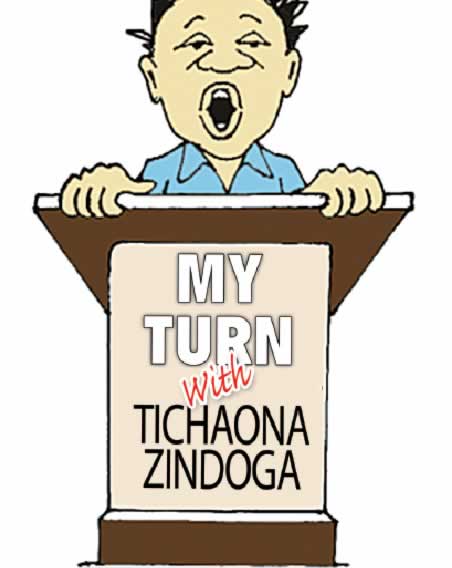 While it is true, desirable even, that discussions continue around the issue of indigenisation, it has not been lost to a discerning eye that most of the opposition to it comes from opposition parties and their appendages in the local media.
While it is true, desirable even, that discussions continue around the issue of indigenisation, it has not been lost to a discerning eye that most of the opposition to it comes from opposition parties and their appendages in the local media.
A story in one of the country’s dailies, which ran under the headline “Mugabe intervention on indigenisation won’t ease investor fears” quickly brought to mind a story from another paper of the same stable.
The latter came out last Friday titled, “Mugabe intervention fuels indigenisation confusion” and reflected on the clarification that President Mugabe made regarding the implementation of the indigenisation policy.
What is remarkable about the two stories is not only the similarity of the headlines.
The stories carry the hallmarks of an institutional opposition to the idea of indigenisation and, indeed, a political opposition to this programme and policy which has nothing to do with operational issues.
It will be useful to examine the two stories and their uncanny similarities.
The first is based on the submission of a think tank called Veritas, which is one of the many such institutions that form a phalanx of civic society organisations opposed to the Government.
It said: “Whether the statement’s fine-sounding words will serve to reassure the business community and would-be foreign investors is another matter.
“Investors may feel those words are too broad, vague and general to provide real guidance . . . changes to the law may help restore investor confidence.”
In the other story cited above, the writer notes that; “The toxic policy has over the years resulted in ministers of finance and central bank bosses, on one hand, publicly clashing with indigenisation ministers on the other, thereby scaring away foreign investors. The clarity the foreign investors want means cleaning up the regulations so that they are not vague and open to various interpretations.”
While it is true, desirable even, that discussions continue around the issue of indigenisation, it has not been lost to a discerning eye that most of the opposition to it comes from opposition parties and their appendages in the local media.
In fact, while the law has been clear enough in its text, the confusion has stemmed from those who do not like the politics that underpins the policy.
The indigenisation policy is a Zanu-PF baby.
It could only be.
The policy is as revolutionary as is the land reform and the liberation struggle itself.
This makes it open to attack by forces opposed not only to Zanu-PF as a revolutionary party but also as a Government that has done a lot to change the status quo ante of a previously colonised African nation.
The ideal situation to come from a policy such as indigenisation is an empowered black majority that can lay claim to the means of production in the national economy.
It goes on to say that the majority will have economic freedom, which has been illusive despite our flag independence and freedom.
Those who are opposed to the latter, whether by design or proxy, are naturally the ones that are against indigenisation.
That is where the whole lot of confusion comes in.
There are two rungs to this confusion.
First is the obvious misrepresentation and attack from the usual opposition quarters.
What is interesting in this scaremongering is that various mega deals with the world’s superpowers such as China, Russia, and now recently Japan, have been signed and agreed to when the law is in place.
Serious investors, it can be seen, do not get easily scared.
This is how we had Aliko Dangote coming to Zimbabwe with his billions and as we speak a lot of work is underway by his people.
Ditto the Russians and the mega platinum project that Russian President Vladimir Putin reassured us on Independence Day is game on.
Things are definitely looking better.
But we have just one more unfortunate rung of confusion.
It is that which gave us the notorious tale of two Patricks.
Essentially, it is an internal Zanu-PF matter.
Just how the party, or elements thereof, fail to agree on a principle like indigenisation which is a natural and logical ideological step beats the best in us.
Something that is revolutionary is bound not to look sexy — and there is absolutely nothing to apologise for.
The resistance, the name-calling and the spanners getting thrown in the works are things to be expected, but it is tragic when a party of revolution gets psychologically bogged down and intimidated, most of all by people against whom the continuing revolution is being waged.
But it would have been nicer for Zanu-PF to be a little smarter around the subject.
And having brawling ministers of the same Government and party is one unfortunate way to live.
What happened to the discipline and collective responsibility?
As it stands there has been some damage wrought by the brawling.
We are sure that following President Mugabe’s clarification last week, a whole lesson has been had and heeded by everyone — not least because the Commander-In Chief has spoken.
Some people had wanted to cast or frame the issue as one in which one Patrick was slapped down and shut by President Mugabe.
That is not exactly how people in a revolution should understand things.
The matter is larger than individuals.
It is the national interest at stake.
But it is time we moved from manufactured confusion.
Should there be any prizes for guessing who tends to reap the most from such confusion?


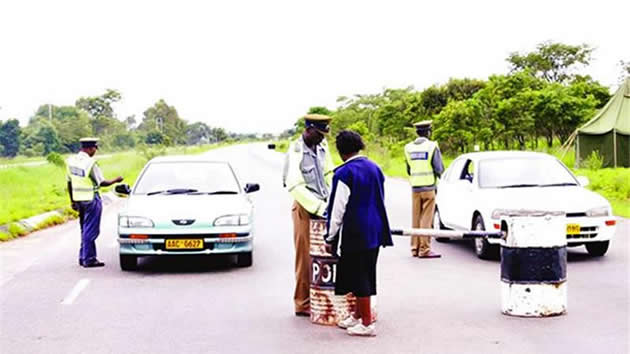
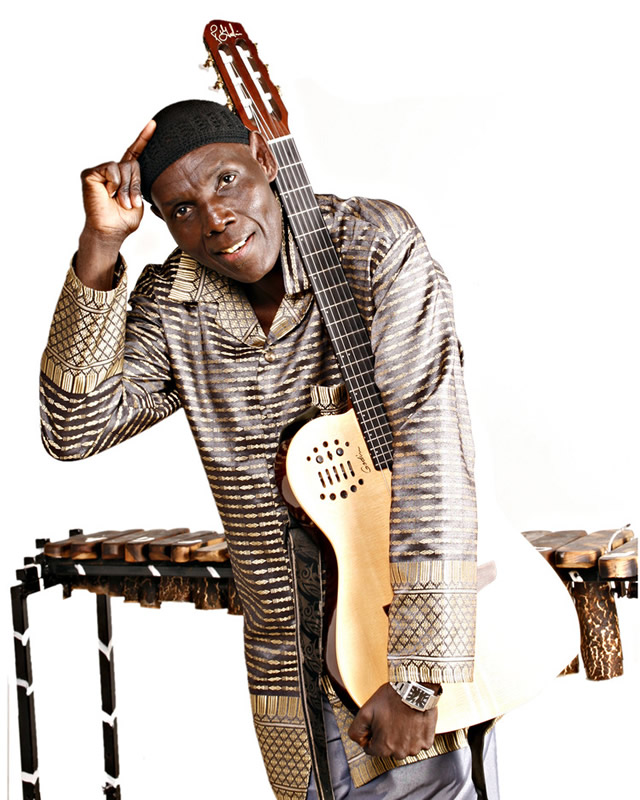

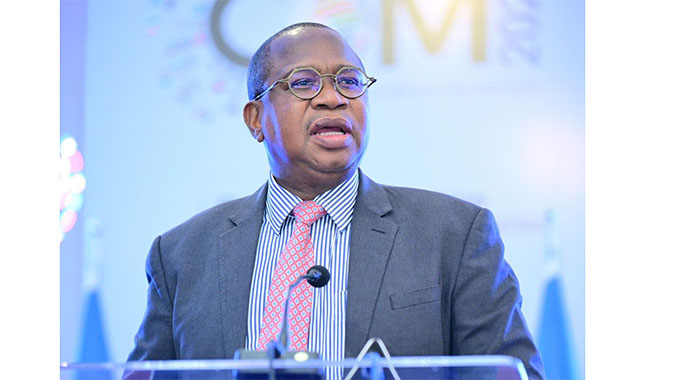
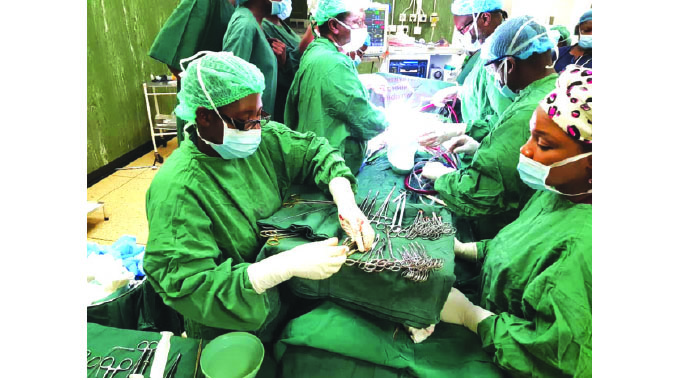

Comments